

The massively multiplayer online genre is relatively new. Games such as World of Warcraft offer things that players could previously only dream of. The game’s scope, complexity, and variety of options dwarf everything that has come before. The monthly fee based structure gives companies the financial base to continue development, expanding existing games with more content, higher levels, and added complexity. Keeping these games fresh is the greatest challenge faced by mmorpg designers.
When a new mmorpg comes out, the sheer volume of content in front of a player can seem overwhelming. Time invested leads to incremental gains in resources, represented generally by improvements in various abilities and the quality of available gear. Players will progress through content at varying rates, depending on how much time they spend and what parts of the game they enjoy. Eventually, generally after several months of play, a significant portion of the player base will begin to exhaust the content of a game. This often coincides with the release of newer games that compete for player’s attention. Given that most players can only find the time and/or money to support one mmorpg habit, this can lead to attrition of your highest involvement players. It is somewhat of a contradiction that the intensity with which a player approaches a game also determines how quickly he will exhaust available content.
We pause here a moment to discuss the fallacy of the “casual” player. Much is made of this type on various message boards, particularly how they are underserved by the designers of one mmorpg or another in favor of “hardcore” players. The reality is, as always, much more complex. First, there are not two separate but equal camps of gamer. Like any social phenomenon intensity of play exists on a continuum. One player may log on for a few hours one night a week while another does little else. The majority of players, however, are somewhere in between. Think of a bell curve (perhaps one slanted somewhat toward the plays too much end, but that’s a topic for another week.) Secondly, even if there were a large audience of casual players at the extreme low end of the continuum they wouldn’t need additional content. By their very definition, they can never hope to move through a game with the scope of any modern mmorpg at its inception, much less move on to additional areas afterward. Development, then, is rightly focused on providing content to those players who are most, if not all, of the way done with everything previously released.
The basis for competition between mmorpgs is both feature based and experiential. Every mmorpg has a customer base they wish to keep. They would also like to acquire some number of customers from other mmorpgs as well as a share of new customers. Competition for new customers is basically like normal game competition. Gamers compare games based on graphical and audio features, playability, and thematic considerations. Competing with other games for your own customers, however, is markedly different. A player likely has a large amount of time and money invested in their game of choice and may have built up a significant social base within the game world. This represents a significant competitive advantage, almost to the degree that the features of other games don’t matter as much as satisfaction with the current game. If players can be convinced that there will continue to be new interesting things to do, particularly things that are meaningfully different from previous content, then they will stay simply because of the cost of switching.
Steve is a member of GrandMatrix. They provide a wide range of games, puzzles,
and articles. Read more articles, download and play PC games for free, plus
enjoy thousands of user submitted puzzles, quizzes and word games at
target="_new" href="http://">Free Online Games and Downloads
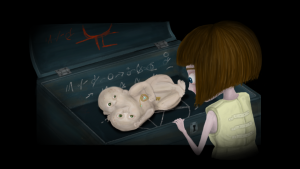


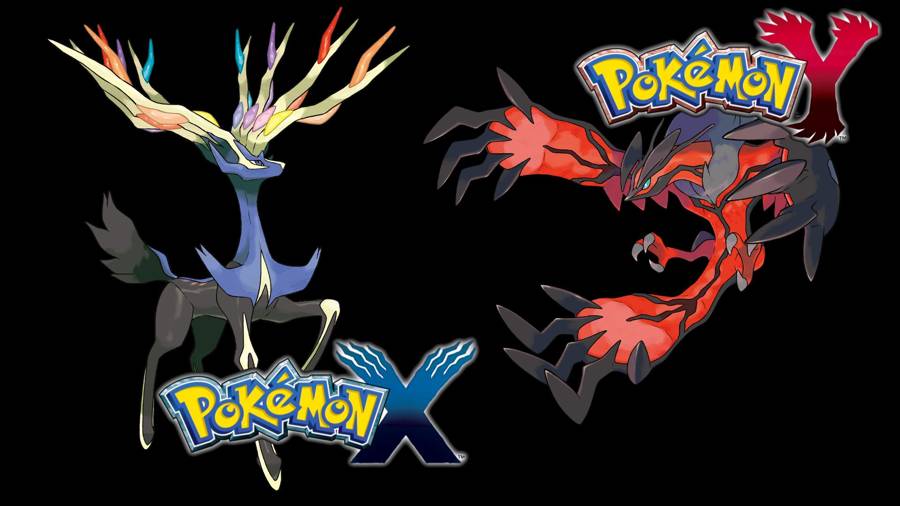
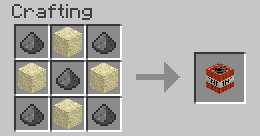 Minecraft: How to Make TNT
Minecraft: How to Make TNT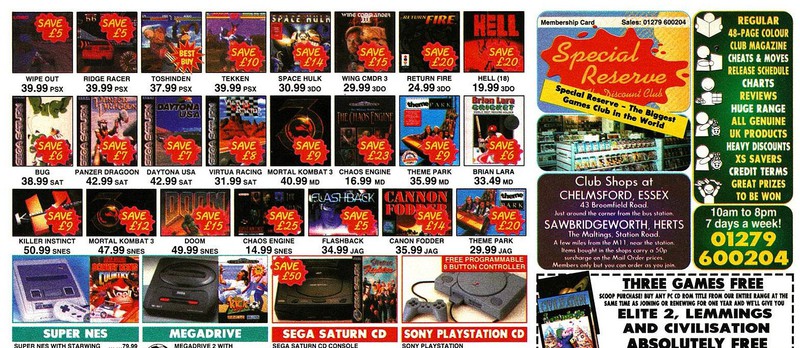 I was going to buy a Saturn: 20 Years of PlayStation
I was going to buy a Saturn: 20 Years of PlayStation Fire Emblem: Awakening Guide – Chapter 7: Incursion Guide - GamersHeroes
Fire Emblem: Awakening Guide – Chapter 7: Incursion Guide - GamersHeroes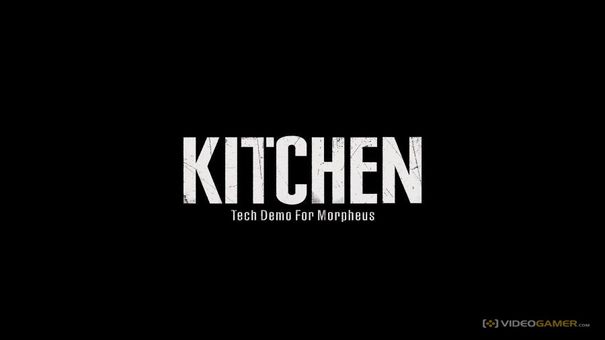 Kitchen highlights the strengths and weaknesses of VR
Kitchen highlights the strengths and weaknesses of VR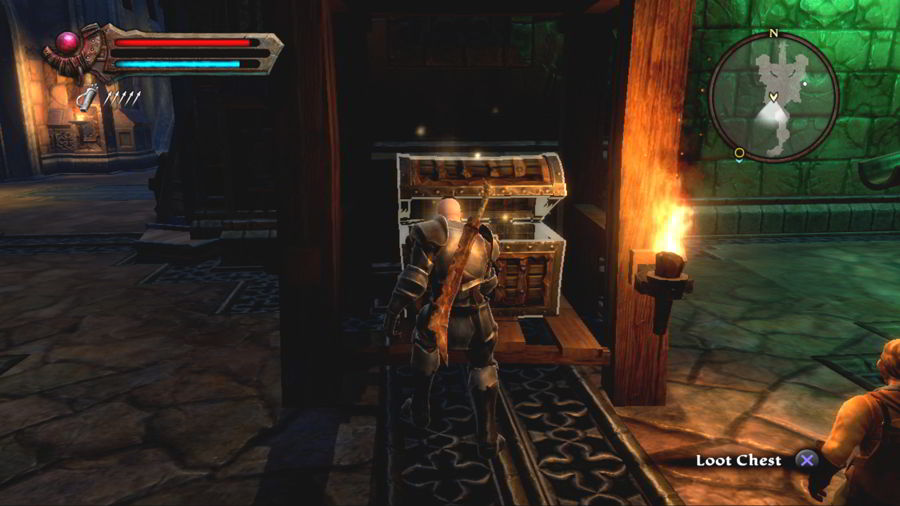 Kingdoms of Amalur Trainer Location Guides
Kingdoms of Amalur Trainer Location Guides